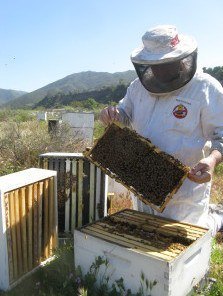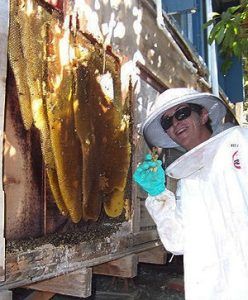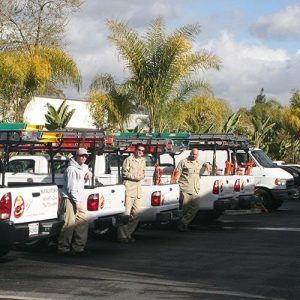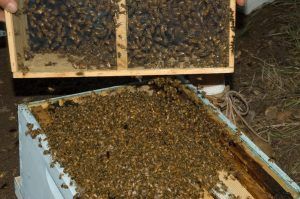Carpenter Bees: Understanding and Addressing the Problem
Carpenter bees are a common issue for homeowners in Orange County, CA. These large, black and yellow bees are known for their ability to drill perfectly round holes in wood, causing damage to structures and creating unsightly sawdust piles. At Bee Busters, we specialize in the safe and effective removal of carpenter bees and other bee species, ensuring the protection of your property and the well-being of these important pollinators.
Identifying Carpenter Bees
Carpenter bees are often mistaken for bumblebees due to their similar size and appearance. However, there are a few key differences:
- Appearance: Carpenter bees have a shiny, hairless abdomen, while bumblebees have a fuzzy abdomen
- Nesting habits: Carpenter bees drill holes in wood to create their nests, while bumblebees typically nest in the ground or in existing cavities
- Behavior: Male carpenter bees are known for their aggressive territorial behavior, hovering near nests and diving at perceived threats
The Damage Caused by Carpenter Bees
Carpenter bees can cause significant damage to wooden structures, including:
- Decks and porches
- Eaves and soffits
- Fences and outdoor furniture
- Log homes and wood siding
The bees drill perfectly round, 1/2-inch wide holes into the wood to create tunnels for their nests. Over time, these tunnels can weaken the structural integrity of the wood, leading to costly repairs if left untreated.
Our Approach to Carpenter Bee Removal
At Bee Busters, we understand the importance of both protecting your property and preserving the bee population. Our experienced technicians use safe, eco-friendly methods to remove carpenter bees and other bee species from your home or business in Irvine, Laguna Beach, Laguna Hills, Lake Forest & Mission Viejo, CA. We handle bee removal and rescue, working hard to keep the bees alive so that they can be removed safely.
Our process involves:
- Identifying the extent of the infestation
- Locating and sealing entry points to prevent future infestations
- Safely removing the bees and their nests
- Repairing any damage caused by the bees
- Providing recommendations for preventing future infestations
The Importance of Bee Preservation
While carpenter bees can be a nuisance for homeowners, it’s essential to recognize their role in the ecosystem. Bees are vital pollinators, responsible for the reproduction of many plants, including crops that we rely on for food. At Bee Busters, we prioritize the safe removal and relocation of bees whenever possible, ensuring their survival and continued contribution to the environment.
Other Bee Species We Handle
In addition to carpenter bees, we also provide removal and rescue services for other bee species common in Orange County, CA, such as:
- Honey bees: Known for their production of honey and wax, honey bees are social insects that live in large colonies
- Bumblebees: Fuzzy, round bees that are important pollinators for wildflowers and crops
- Sweat bees: Small, colorful bees attracted to human sweat, which they use as a salt source
Regardless of the bee species causing concern, Bee Busters is here to help. We never fail, are always available, and are proud to service a wide range of regions, including Irvine, Laguna Beach, Laguna Hills, Lake Forest & Mission Viejo, CA.
Contact Bee Busters for All Your Bee Removal Needs
If you’re dealing with a carpenter bee infestation or any other bee-related issue in Orange County, CA, don’t hesitate to contact the experts at Bee Busters. Our team is dedicated to providing safe, effective, and eco-friendly bee removal and rescue services to protect your property and preserve the bee population. Trust us to handle your bee problem with professionalism and care.







